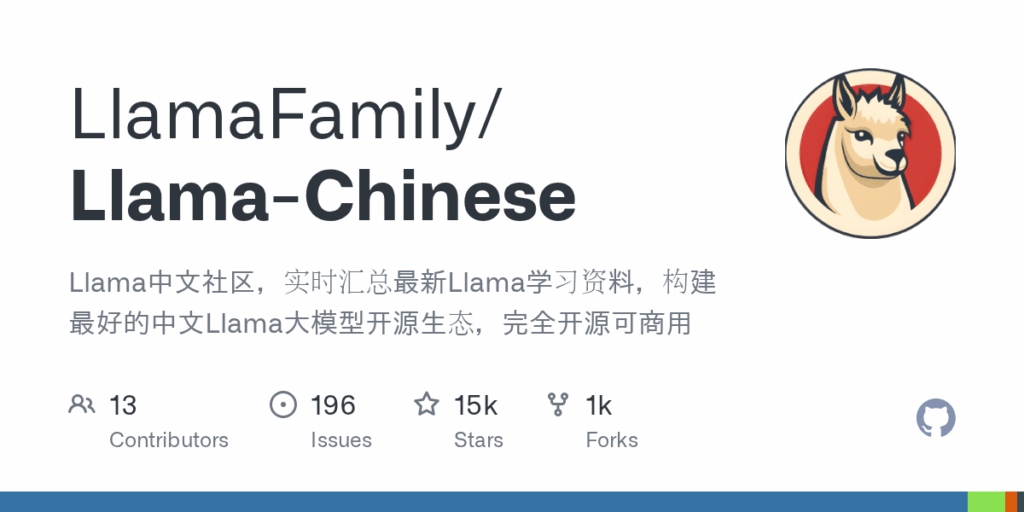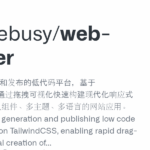Llama Chinese
Basic Information
This repository serves as the Llama Chinese community hub and a practical toolkit for working with Llama-series large language models in Chinese. It aggregates model releases and Chinese-optimized checkpoints (for example Atom and Chinese-fine-tuned Llama2/Llama3 variants), documentation, training and fine-tuning code, deployment and inference examples, quantized model artifacts, sample datasets and evaluation results. The README provides quickstart instructions for multiple runtimes and environments including Anaconda, Docker, llama.cpp, gradio and ollama, plus guidance to build an OpenAI-compatible API with FastChat. It also documents pretraining and fine-tuning scripts, LoRA and full-parameter workflows, DeepSpeed configs, model conversion utilities, and recommendations for inference acceleration frameworks. The repo is targeted at developers and researchers who want ready access to Chinese-language Llama models, reproducible training/finetuning recipes and deployment recipes.








